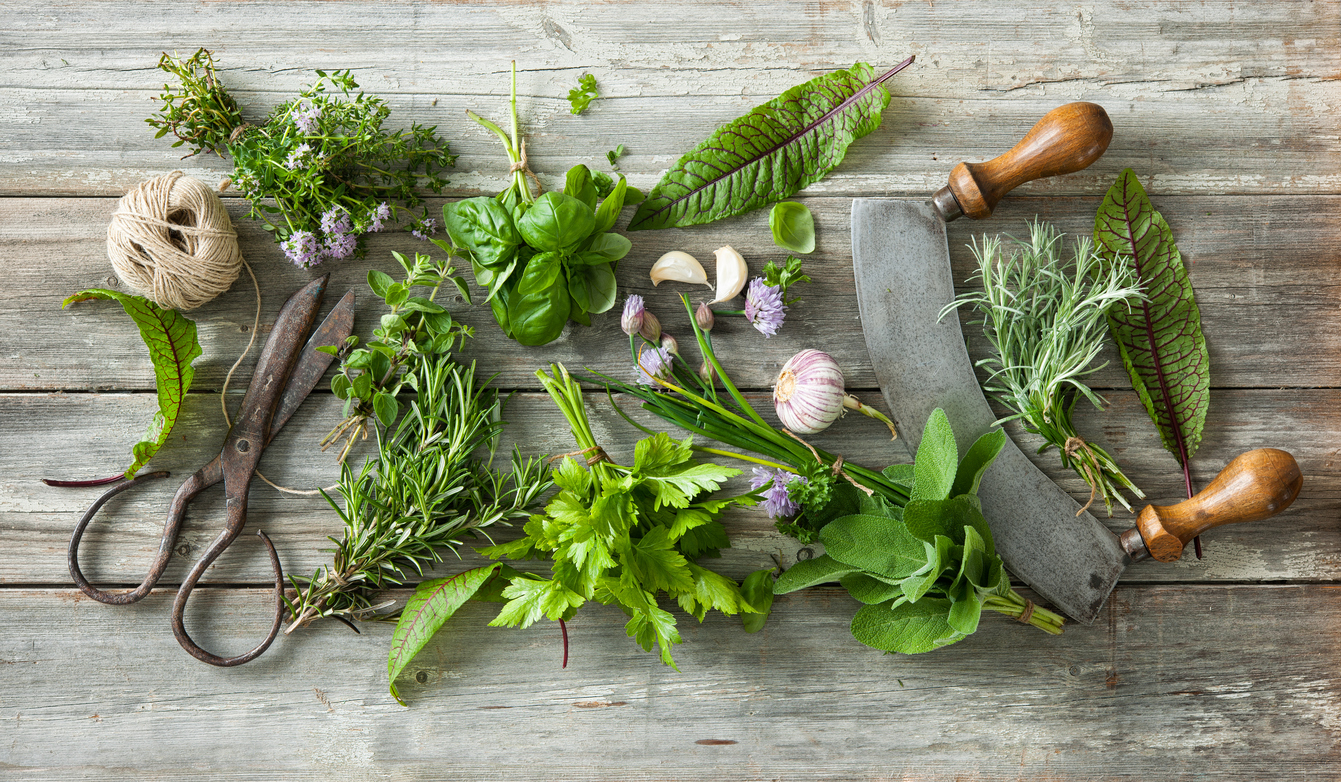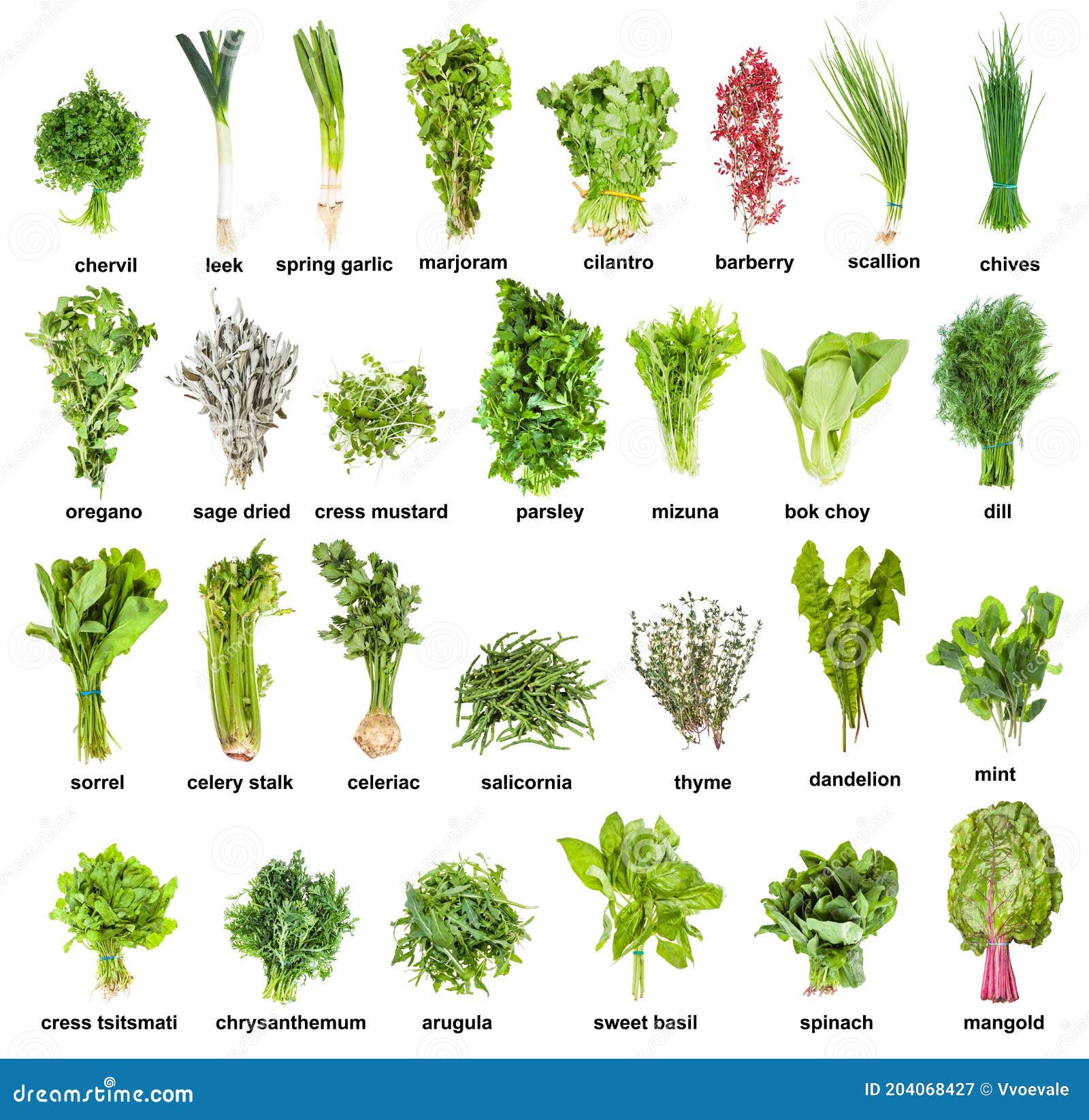Best Ways to Use Winter Herbs in Cooking

As the winter chill sets in, our gardens may seem to slumber, but a hidden world of flavors thrives beneath the frost. Winter herbs, often overlooked, are the secret weapons of seasonal cooking, transforming ordinary dishes into culinary masterpieces. Imagine the warmth of a hearty stew infused with the earthy notes of rosemary, or the comforting aroma of sage wafting from a freshly baked loaf of bread. These herbs are not just garnishes; they are the heart and soul of winter cuisine. Let's dive into the best ways to use winter herbs in cooking and unlock a treasure trove of flavors that will make your kitchen the coziest place to be.
Understanding Winter Herbs
Winter herbs are not just survivors; they are thrivers. These hardy plants flourish in the cold, offering a robust and complex flavor profile that is perfect for hearty winter dishes. Some of the most popular winter herbs include rosemary, thyme, sage, and bay leaves. Each of these culinary herbs brings a unique character to your cooking, from the piney freshness of rosemary to the savory depth of thyme.
Rosemary: The Evergreen Champion
Rosemary is a versatile herb that adds a woodsy, slightly peppery flavor to dishes. Its needle-like leaves are perfect for infusing oils, marinades, and soups. Rosemary pairs exceptionally well with meats, especially lamb and poultry, and can elevate simple roasted vegetables to new heights.
Thyme: The Versatile Aromatic
Thyme is a staple in many kitchens, and for good reason. Its delicate leaves pack a powerful punch, offering a subtle, slightly minty flavor that complements a wide range of dishes. Thyme is excellent in stews, soups, and roasts, and its tiny leaves make it easy to incorporate into sauces and dressings without the need for chopping.
Sage: The Wise and Warming
Sage is known for its slightly bitter, savory flavor that adds depth and complexity to dishes. It's a classic pairing with poultry, especially in stuffing and gravy, but it also shines in pasta dishes and risottos. Sage leaves can be fried until crispy and used as a garnish, adding a delightful crunch and burst of flavor.
Bay Leaves: The Aromatic Enhancer
Bay leaves are often used in long-simmering dishes like soups, stews, and braises. Their subtle, slightly floral aroma enhances the flavors of other ingredients without overpowering them. While bay leaves are typically removed before serving, their contribution to the dish is unmistakable.
Herb Cooking Tips for Winter
Using winter herbs effectively requires a bit of know-how. Here are some herb cooking tips to help you make the most of these flavorful ingredients:
Fresh vs. Dried Herbs
Fresh herbs offer a vibrant, lively flavor that is perfect for dishes where the herb is the star. Dried herbs, on the other hand, have a more concentrated flavor and are ideal for long-simmering dishes where the herbs have time to infuse their flavors. When substituting dried herbs for fresh, use about one-third the amount, as dried herbs are more potent.
Infusing Flavors
To maximize the flavor of your herbs, consider infusing them into oils, vinegars, or stocks. This technique allows the herbs to release their essential oils, resulting in a more intense and well-rounded flavor. For example, you can infuse olive oil with rosemary and garlic to create a fragrant base for roasting vegetables or marinating meats.
Timing is Everything
Adding herbs at the right time is crucial for achieving the best flavor. Delicate herbs like thyme and sage should be added towards the end of cooking to preserve their freshness. Heartier herbs like rosemary and bay leaves can be added earlier in the cooking process, as they can withstand longer cooking times.
Winter Herb Recipes to Warm Your Soul
Now that you're familiar with the best ways to use winter herbs in cooking, let's explore some delicious winter herb recipes that will warm your soul and delight your taste buds.
Rosemary Roasted Chicken
Nothing says comfort food like a perfectly roasted chicken. This rosemary roasted chicken recipe is simple yet elegant, with the herb's piney notes complementing the rich, savory flavors of the chicken. To make this dish, rub a whole chicken with a mixture of olive oil, minced garlic, chopped rosemary, salt, and pepper. Roast the chicken in a preheated oven at 425°F (220°C) for about an hour, or until the skin is crispy and the juices run clear. Let the chicken rest for a few minutes before carving and serving with your favorite sides.
Thyme and Garlic Mashed Potatoes
Mashed potatoes are a classic comfort food, and adding thyme and garlic takes them to the next level. Boil potatoes until tender, then mash them with butter, milk, minced garlic, and chopped thyme. Season with salt and pepper to taste, and serve alongside your favorite winter dishes. The subtle, slightly minty flavor of thyme pairs beautifully with the creamy potatoes, creating a side dish that is both comforting and sophisticated.
Sage and Butternut Squash Risotto

This sage and butternut squash risotto is the epitome of winter comfort food. The savory, slightly bitter notes of sage complement the sweet, nutty flavors of butternut squash, resulting in a dish that is both hearty and refined. To make this risotto, sauté diced butternut squash in olive oil until tender, then set aside. In the same pan, sauté chopped onions and garlic until softened, then add Arborio rice and cook until lightly toasted. Gradually add chicken or vegetable stock, stirring constantly, until the rice is creamy and tender. Stir in the cooked butternut squash, chopped sage, and a generous amount of Parmesan cheese. Season with salt and pepper to taste, and serve hot.
Conclusion
Winter herbs are the unsung heroes of seasonal cooking, offering a rich and complex flavor profile that can transform ordinary dishes into culinary masterpieces. From the piney freshness of rosemary to the savory depth of thyme, these hardy herbs are the key to creating hearty, comforting meals that will warm your soul and delight your taste buds. Whether you're roasting a chicken with rosemary, mashing potatoes with thyme, or making a creamy risotto with sage, the best ways to use winter herbs in cooking are limited only by your imagination.
So, why not embrace the chill and explore the world of winter herbs? Your kitchen will become a cozy haven, filled with the comforting aromas of hearty, flavorful dishes that celebrate the best of the season. Happy cooking!
FAQs
What are the best herbs to use in winter cooking? The best herbs to use in winter cooking include rosemary, thyme, sage, and bay leaves. These herbs are hardy and thrive in the cold, offering a robust and complex flavor profile that is perfect for hearty winter dishes.
Can I use dried herbs instead of fresh in winter recipes? Yes, you can use dried herbs instead of fresh in winter recipes. Dried herbs have a more concentrated flavor and are ideal for long-simmering dishes. When substituting dried herbs for fresh, use about one-third the amount, as dried herbs are more potent.
How can I maximize the flavor of winter herbs in my cooking? To maximize the flavor of winter herbs, consider infusing them into oils, vinegars, or stocks. This technique allows the herbs to release their essential oils, resulting in a more intense and well-rounded flavor.
What are some classic winter herb pairings? Some classic winter herb pairings include rosemary with lamb and poultry, thyme with soups and stews, sage with poultry and pasta dishes, and bay leaves with long-simmering dishes like soups, stews, and braises.
How can I incorporate winter herbs into my everyday cooking? Incorporating winter herbs into your everyday cooking is easy and versatile. You can use them to season meats, infuse oils and vinegars, enhance soups and stews, or even create herb-infused cocktails. The possibilities are endless, so don't be afraid to experiment and discover new flavor combinations.
0 Response to "Best Ways to Use Winter Herbs in Cooking"
Post a Comment